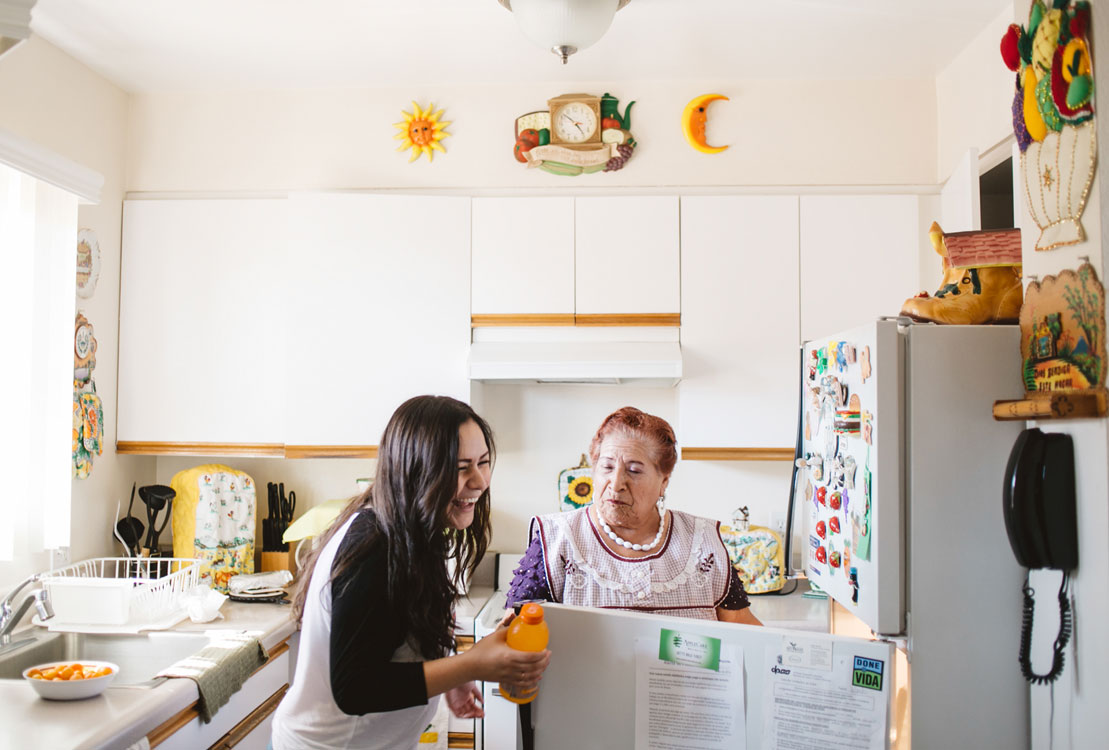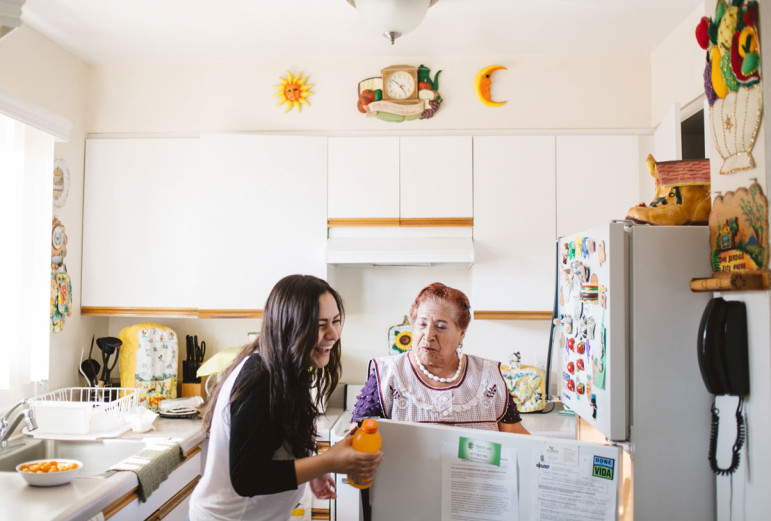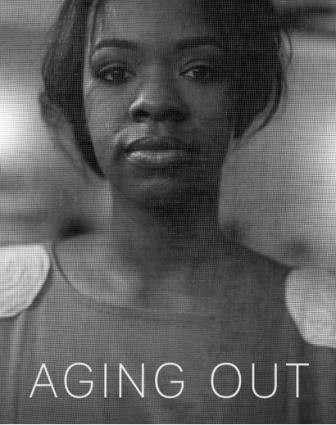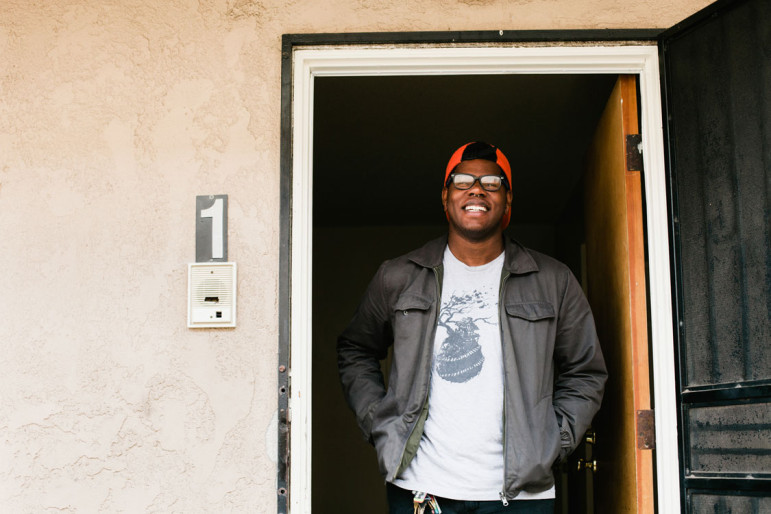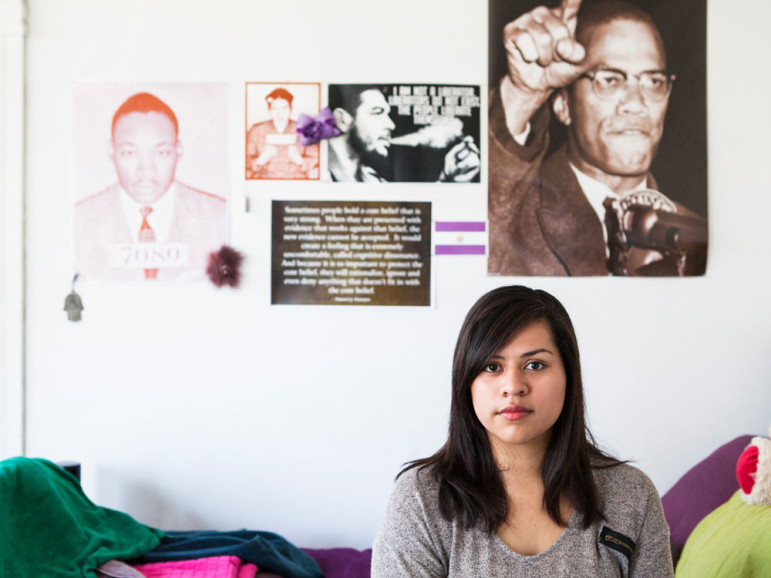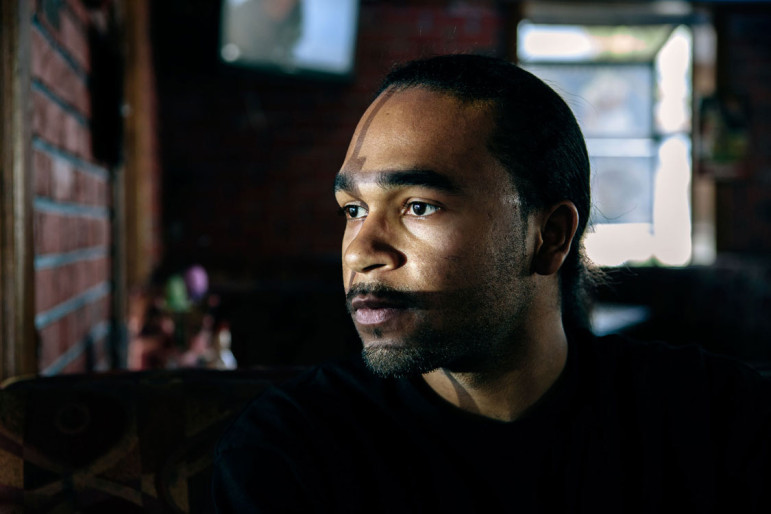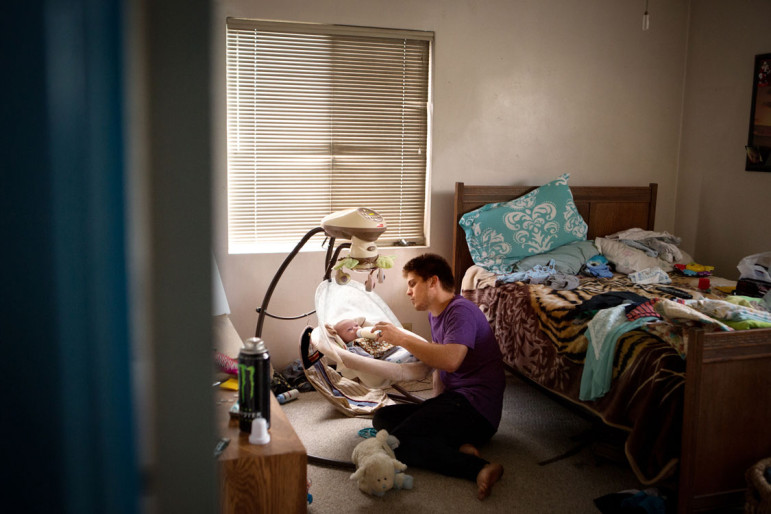For most 18- to 23-year-olds in the United States, trying to figure out life is enough of a struggle. But for the more than 4,000 young adults aging out of the foster care system in California each year, young adulthood comes with even more hurdles.
Within two to four years, 25 percent of these young people will be homeless, more than half will be unemployed and 20 percent will be in prison, estimates San Francisco CASA.
Shaken by the circumstances these emancipated foster care youth face, freelance photographer Aaron Fallon was motivated to spread awareness about them. The result of his efforts — “Aging Out,” a book following the lives of 11 young people who have recently or are in the process of aging out of the foster care system in Southern California — debuts today.
Before 2009, Fallon said he did not know a lot about the foster care system. After seeing another photographer’s project on young people aging out of care on the East Coast, Fallon read more about what happens to these kids and wanted to put a face to the issue in Southern California.
“I tried to put myself in the same position, being a young adult, being on my own without family support and trying to make my way in the world and it’s overwhelming,” he said. “I know I made a lot of mistakes growing up but there was a safety net for me and had so many advantages.”
When he began to think about the project, Fallon was part of a group of six other photographers who call themselves “The Image Hoarder Group.” Organized by Los Angeles-based photographer and Fallon’s colleague Coral von Zumwalt, the group includes photographers Yuri Hasegawa, Matt Hoover, Joan Allen, Matt Harbicht and Megan Miller. They would meet monthly to talk about the industry and review each other’s work.
With the group’s support two years ago, Fallon began his project. He also got some tips from former photo editor Maggie Soladay, who produced a similar project and book in New York.
“The idea was just sitting there in my mind, but I didn’t really know how to get started,” Fallon said. “Maggie advised me to find someone that could produce the project, oversee it, design it, coordinate writers, meet with nonprofits … how to make it all happen.”
Fallon then introduced the idea to the Image Hoarders and recruited his friend Jacqueline Lee to be the creative director.
“I felt that it was an area that didn’t get a lot of exposure and support,” Lee said. “I think there is very, very little awareness about what happens to young people when they age out. Our book is a window into the lives of a handful of people that a lot of people in Los Angeles don’t even know are trying to get by.”
Alliance for Children’s Rights helped the group find young people to feature in the book. The nonprofit organization provides legal services to impoverished, abused children so they can find housing, receive health care and get an education.
[Related: Youth Today’s complete coverage on foster care]
While each photographer had a different approach, Fallon said all of them worked to spend as much time as possible with their young subjects.
“Meeting the youth in their homes made the most sense to me because it was more personal,” Fallon said. “I usually spent about a day with each subject and really got to know them.”
His first subject was 22-year-old Ernesto Yanes-Arnold, who, after experiencing a challenging childhood in three foster homes and 13 group homes, is now a youth advocate.
“Ernesto had set a day aside for me, and I don’t even think I pulled out a camera for the first hour and half that we were just sitting down and talking,” Fallon said. “The more we talked the more things unfolded and it was great. For this type of photography, the more time you spend with someone the better, because they start to let their guard down and you’re trying to find authentic moments.”
Fallon said sharing moments like those he spent with Yanes-Arnold drives human connectivity and understanding.
“We all have the same wants and basic needs,” he said. “I don’t know what it’s like to go through what these youth have gone through and I come from a totally different world than them but we share so many similar points of view and can get along like friends. If everyone could get to know someone in these youths’ situations, they might be more willing to help.”
Fallon said he hopes the project is a call to action for those who can support young people aging out of care.
“The ultimate goal is that it inspires someone to create something to change the situation, to be a mentor or a guide, to meet with them and have a positive influence in their life,” Fallon said. “If you get someone on the right track you can guide them and hopefully they can learn to help themselves. Not having support in young adult years and without money, it seems very obvious. These issues are preventable.”
Ten writers and one designer also worked on the book. All profits from the $41 cost will go to organizations that support foster children and young adults, including the Alliance for Children’s Rights and The RightWay Foundation.
More stories related to this one:
Many Former Foster Youth Unaware of New Health Care Benefits
The One Question Foster Care Workers Need to Ask Themselves
Legislation Would Keep Foster Kids From Having to Change Schools
We Know How to Help Foster Kids Despite Past Trauma
Low-Income, Homeless Teens Use Art for Job-Readiness


